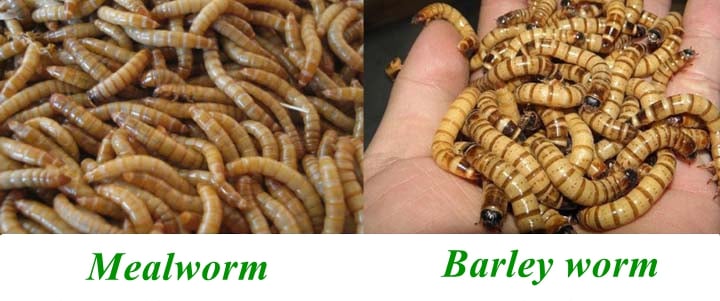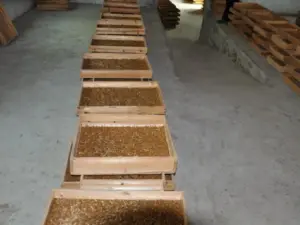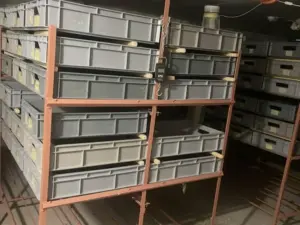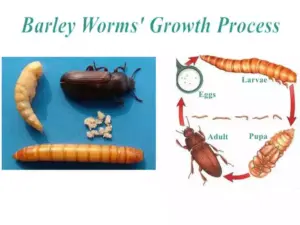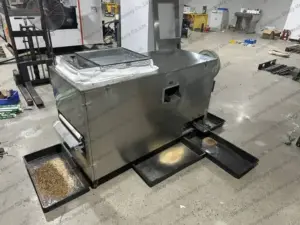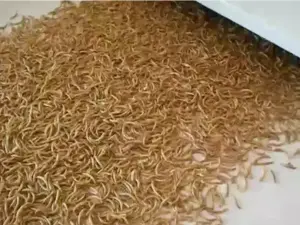ミルワームとオオムギ虫は、どちらも動物の飼料や人間の食べ物として使用される栄養価の高い昆虫です。ほとんどの農家は、生きた虫や乾燥した虫を良い価格で販売するために、工場内でこれらの虫を飼育することを好みます。これら 2 種類のワームは似ていますが、両者にはどのような違いがあるのでしょうか?
ミルワームマシンのメーカーがまとめたいくつかのヒント
ミールワームとバーレイワームは、その起源、幼虫と成虫の外観、栄養価において大きく異なります。プロのミールワームふるい機械製造業者として、ミールワームとバーレイワームを識別するためのいくつかのポイントをまとめました。ミールワームとバーレイワームは異なりますが、同じふるい機械–Shuliyの自動ミールワームふるい機械で分けることができます。
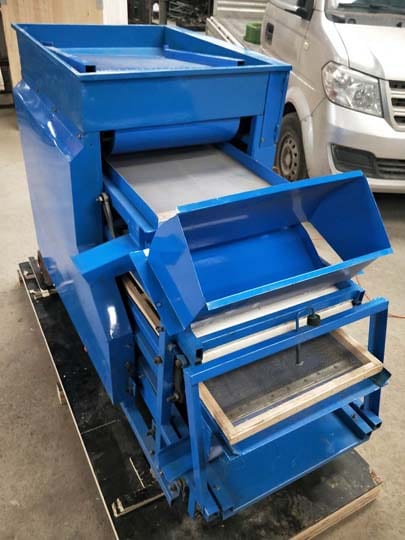
- 元の場所が違う
テネブリオ モリトールは北アメリカ原産です。中国は1950年代にソ連から返還された。オオムギ虫は南アフリカと中央アフリカが原産で、東南アジア諸国から近年導入されただけです。
2. 幼虫の姿の違い
Tenebrio Molitor の幼虫は細長く、円筒形で、成熟した幼虫の長さは (24 ~ 29) mm です。ふ化したばかりの幼虫は乳白色から黄褐色になり、各切片の後縁と前縁は淡褐色、節間と腹面は黄白色になります。 Tenebrio Molitor 幼虫の体長と頭殻の幅は比較的安定しており、これが幼虫の年齢の主な基礎となります。
オオムギ幼虫は通常、長さ40〜60 mm、幅5〜6 mmです。 1匹の幼虫の重さは1.3〜1.5グラムで、円筒形です。体壁は硬く、黄褐色で光沢があり、13 のセクションに分かれており、関節には黄褐色の輪があり、腹面は黄色です。幼虫が成長する過程では、まず体の表面が白くなります。最初の脱皮の後、皮膚は黄褐色になります。その後は4~6日に1回の脱皮が起こり、脱皮周期は6~10回となります。成長期間は60日です。脱皮期には、オオムギ幼虫が最初から脱皮し、脱皮前の活動が低下し始めました。脱皮した幼虫は乳白色で、非常にもろくて傷つきやすかった。
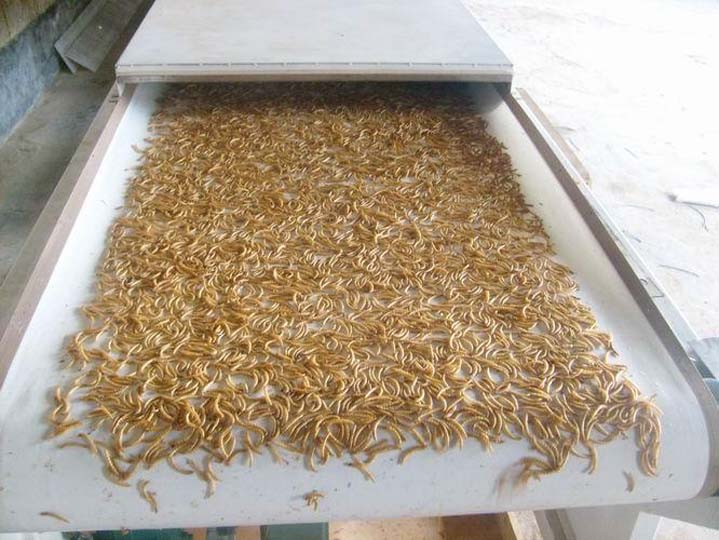
3.成虫の見た目が違う
ミルワームの成虫は全体として平らで長方形で、長さは (13.02 ± 0.91) mm、幅は (4.11 ± 0.33) mm です。羽化したばかりの成虫の鞘翅はベージュ色、前胸板は茶色で、3時間後には後甲虫目は赤褐色になります。 3〜4日後、甲虫目の成虫は暗褐色になり、数珠のような触角が生えます。 オオムギの樹皮は乳白色の殻を脱いだばかりで、頭はオレンジ色で、甲羅は比較的薄いです。 1~2日で背中は黒褐色になり、腹部は8mmほど日焼けします。
- 栄養価が違う
Tenebrio Molitor の乾燥ミールの脂肪含有量は 30%、タンパク質含有量は 50% 以上です。また、リン、カリウム、鉄、ナトリウム、アルミニウムなどの主要元素とさまざまな微量元素も含まれています。乾燥ゴミムシダマシの幼虫には約 40% タンパク質が含まれ、蛹には 57% タンパク質が含まれ、成虫には最大 60% タンパク質が含まれます。オオムギワームの栄養価は幼虫の蛹やキイロミルワームの幼虫をはるかに上回り、人体に必要な微量元素を豊富に含んでいます。

